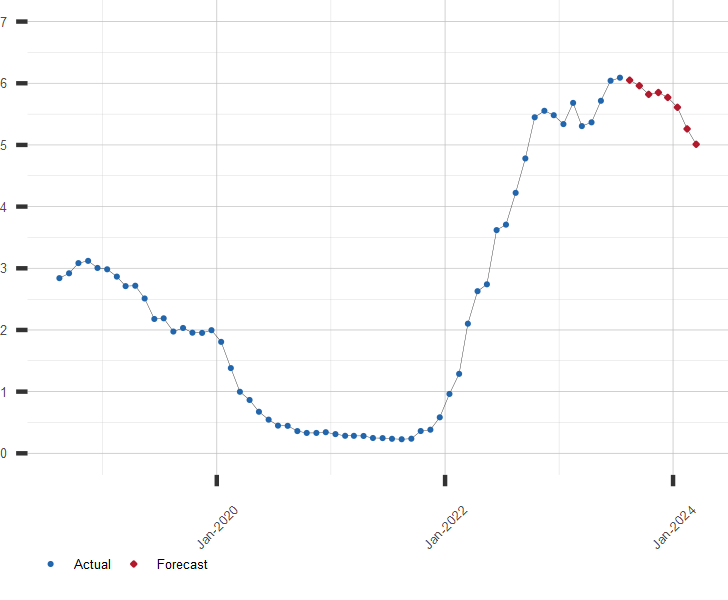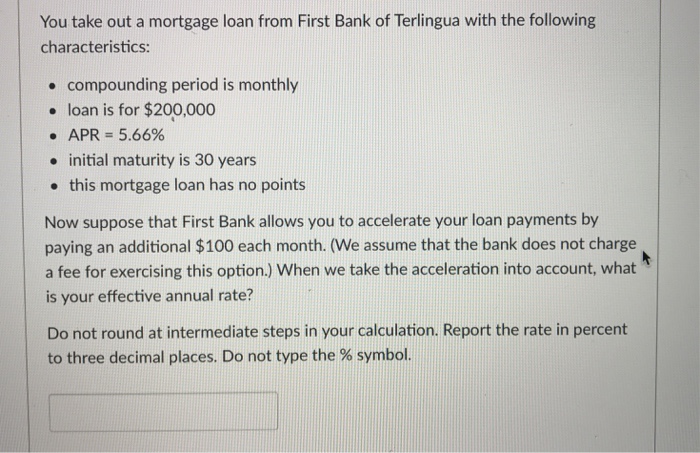Typical examples consist of the following: Treasury bondsCorporate bondsInterest rate derivativesCredit derivativesEquity securities, such as common stockDebt securities, such as home loan loansOptions, futuresThanks for reading this guide! At CFI our mission is to help you advance your profession. With that in mind, we've established these additional CFI resources to help you take your expert career to the next level.
GLOSSARY 1. A basis point is a measurement of a portion: 1/100th of one percent. For instance, the difference between a 9. 0% loan and a 9. 5% loan is 50 basis points. basis That on which a thing rests or is founded. what is the current index for adjustable rate mortgages. buy-down When a borrower or a mortgage broker "buys down" a home mortgage rate, they make an in advance payment to the lender in order to lower the home loan rate.
buy-down mortgage A mortgage in which the lender charges below-market interest in exchange for discount points. cash technique The type of accounting in which you report earnings in the actual year you receive it and deduct costs in the year you pay. The majority of people utilize this technique. Under this system, if you built a deck and billed the client in December 1999 however didn't receive the cheque https://writeablog.net/sharaph6u1/home-insurance-here-are-ten-things-you-ought-to-understand-about-home-insurance up until January 2000, it would be counted as 2000 earnings, not 1999.
discount rate point A sum a borrower pays to a lender to reduce the rate of interest of a mortgage. A point equates to 1 percent of the loan amount. margin The distinction in between the cost and the market price. point A point equals 1 percent of a home loan. Some lending institutions charge "origination points" to cover expenses of making a loan.
A basis point is considered the smallest measurement of estimating changes to rate of interest or yields on bonds. It is a way to explain one-hundredth of a portion point (0. 01%). Basis points are often utilized instead of percentage points when differences of less than 1% are significant and have a tangible impact.
A basis pointwhich is frequently spoken with financial media and skilled investorsrepresents 0. 01%. For example, if someone states the yield on a 10-year Treasury bond fell 10 basis points, they suggest it dropped by 0. 1% (0. 01 * 10). If somebody says a bond yield fell 100 basis points, it means it decreased by 1% (0.
The smart Trick of How Are Adjustable Rate Mortgages Calculated That Nobody is Discussing
The term prevails in conversations about bonds, other fixed-income investments, and loans. People utilize the terms basis points and percentage points to avoid confusion when discussing the distinction in between the two rates. For example, let's say that a news report said the yield on a bond rose 0. 5% from 7.
It may be difficult to recognize what the new yield is. It might be 8% (7. 5% + 0. 5%) or it might be 7. 875% (7. 5% + 0 (what are the different types of home mortgages). 375%, which is 5% of 7. 5%). Nevertheless, if the news reported a 0. 5 portion point increaseor a 50-basis point increaseyou would understand the brand-new yield is 8%.
So 1,050 basis points is 10. 50%, and 236 basis points is 2. 36%. Basis points are frequently used to reveal modifications in the yields on business or federal government bonds purchased and sold by financiers. Yields vary, in part since of prevailing rate of interest, which are set by the Federal Reserve's Free market Committee.
Those changes affect the costs financiers want to spend for older bonds, which affects the expected return on the bonds. Let's state you have $10,000 to invest, and decide to buy a bond with an interest rate, usually called a coupon rate, of 3%. A year later, dominating rates have dropped 50 basis points, so new bonds with the exact same stated value are now paying 2.
Your bond is now worth more due to the fact that it pays out $300 a year instead of $250. Usually, financiers want to see yields increasing, and you'll frequently hear the modifications expressed in basis points. Interest rates are sometimes explained in relation to an index or benchmark rate. One common comparison is to the London Interbank Offer Rate (LIBOR).
If LIBOR stands at 2%, then the rate is 2. 25%. Suppose you're a financier in shared funds or exchange-traded funds. In that case, you might experience an annual fee called an expenditure ratio, which is the portion of properties deducted each year by your fund manager for fund expenditures.
Which Of The Following Is Not True About Reverse Annuity Mortgages? for Beginners

45% of your overall assets in the fundwhich equals to $14. 50 per $1,000 invested. Basis points are also typical in discussions about borrowing in addition to investing. The Fed's benchmark rate, which influences rates on mortgages, charge card, and other loans, is typically altered 25 basis points at a time.
Utilizing basis points can avoid confusion when going over modifications in yields or interest rates. Basis points are most frequently used when distinctions of less than 1% are meaningful. A basis point refers to one-hundredth of a percentage point. For instance, the distinction between 1. Helpful resources 25% and 1. 30% is five basis points.
Register for our weekly newsletter and get our most popular content provided straight to your inbox. Sign up with 1,000+ other customers. We'll never ever sell or share your email address. Cancel anytime.
Home mortgage Q&A: "What are home mortgage points?" The mortgage process can be pretty stressful and hard to understand sometimes, what with all the crazy terminology and stacks of documents. Even more complicating matters is the reality that banks and loan providers do things differently. Some charge so-called loan application fees while others ask that you pay marriott timeshare points. how do mortgages work in monopoly.
While looking for a mortgage, you'll likely hear the term "home mortgage point" on more than one celebration. How Much Is a Home Mortgage Point How Do You Calculate Points on a Home loan? There Are 2 Kinds Of Home Loan Points Paying Home Loan Points for a Lower Interest Rate How Do Unfavorable Points Deal With a Mortgage? Home Mortgage Point Examples Mortgage Points Cost ChartMake certain to pay special attention to the number of points are being charged (if any), as it will considerably affect the true expense of your loan.
You do not even require a home mortgage calculator!.?.!! Or a so-called mortgage points calculator, whatever that isWhen it boils down to it, a home loan point is just an elegant way of saying a percentage point of the loan amount. Essentially, when a home loan broker or home loan loan provider states they're charging you one point, they just imply 1% of your loan amount, whatever that may be.
What Does Which Bank Is The Best For Mortgages Mean?
If they choose to charge 2 points, the cost would be $8,000. And so on. If your loan amount is $100,000, it's simply $1,000 per point. It's a really easy estimation. Simply increase the number of points (or fraction thereof) times the loan amount. If it's one point, take a calculator and input.
If it's 1. 5 points, input. 015 increased by the loan quantity. Utilizing $300,000 as the loan quantity in the above formula, we 'd come up with an expense of $3,000 and $4,500, respectively. Presuming you're being charged less than a point, we have to consider "basis points," which are one one-hundredth of a portion point (0.
